Pompeii my Love
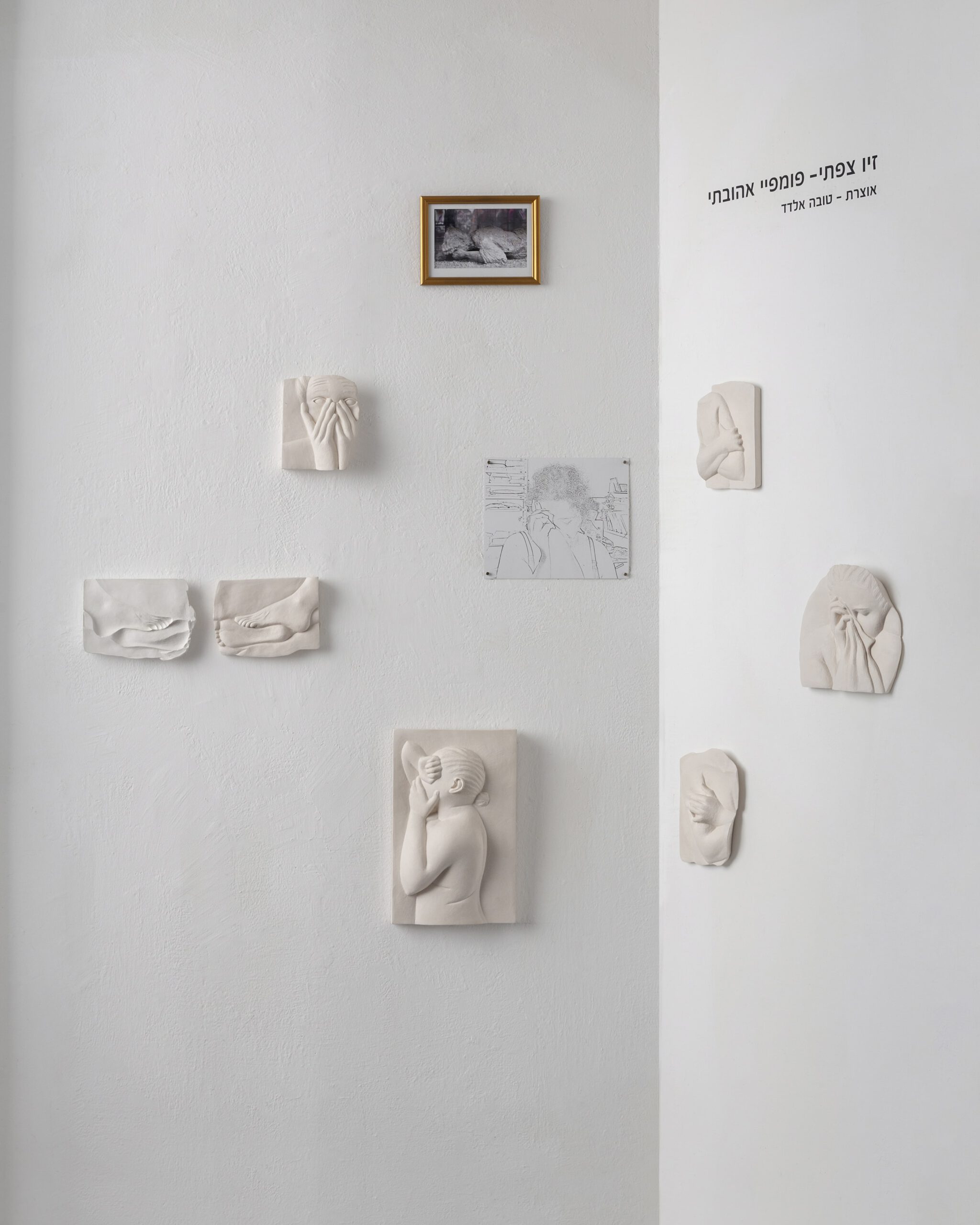 Pompeii my Love, 2021
Installation View
Artist House Tel Aviv
Photo: Nitzan Hafner
Pompeii my Love, 2021
Pompeii my Love, 2021
Installation View
Artist House Tel Aviv
Photo: Nitzan Hafner
Pompeii my Love, 2021מבט הצבה
בית האמנים תל אביב
צילום: ניצן הפנר
-
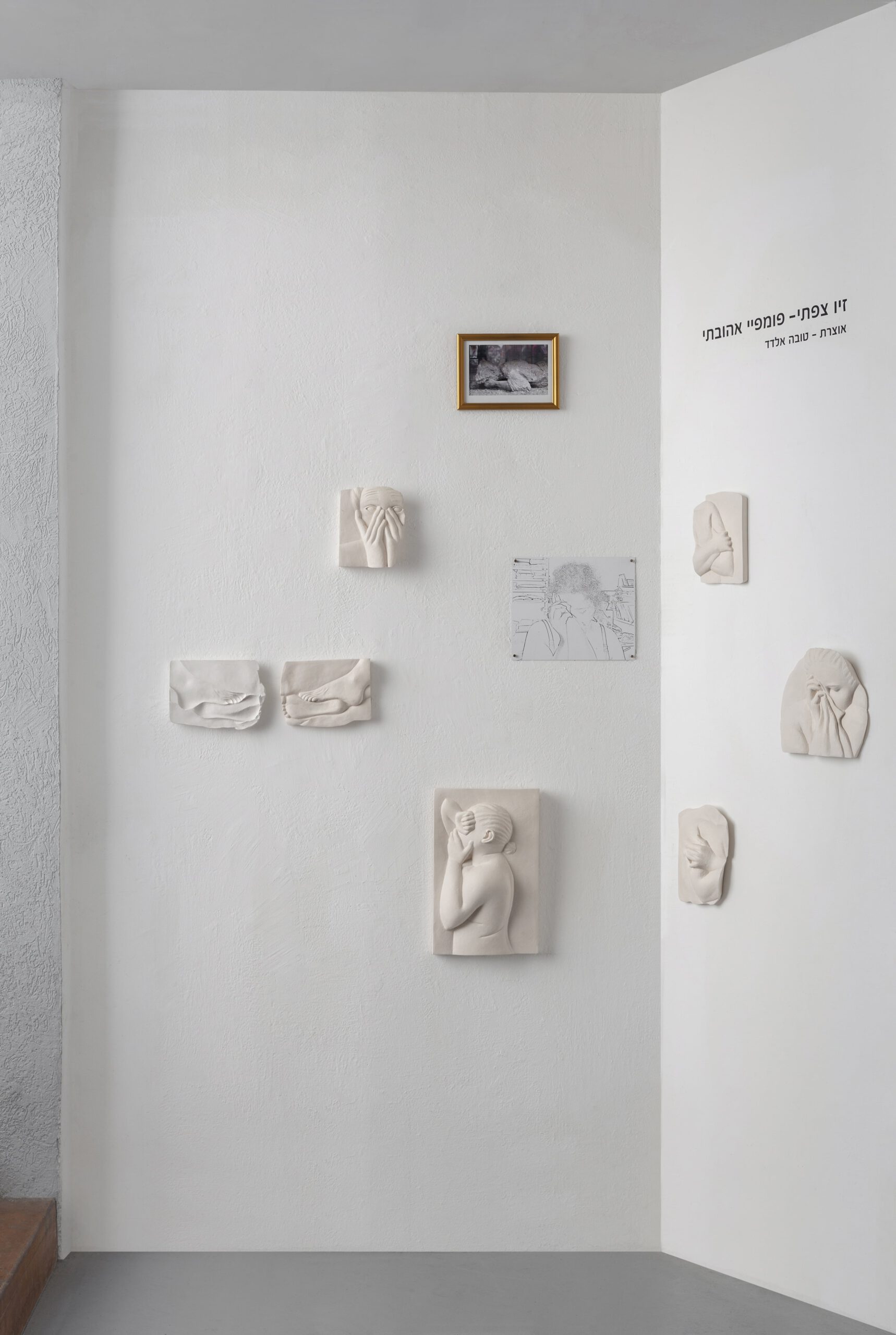 Pompeii my Love, 2021
Installation View
Artist House Tel Aviv
Photo: Nitzan Hafner
Pompeii my Love, 2021
Installation View
Artist House Tel Aviv
Photo: Nitzan Hafner
-
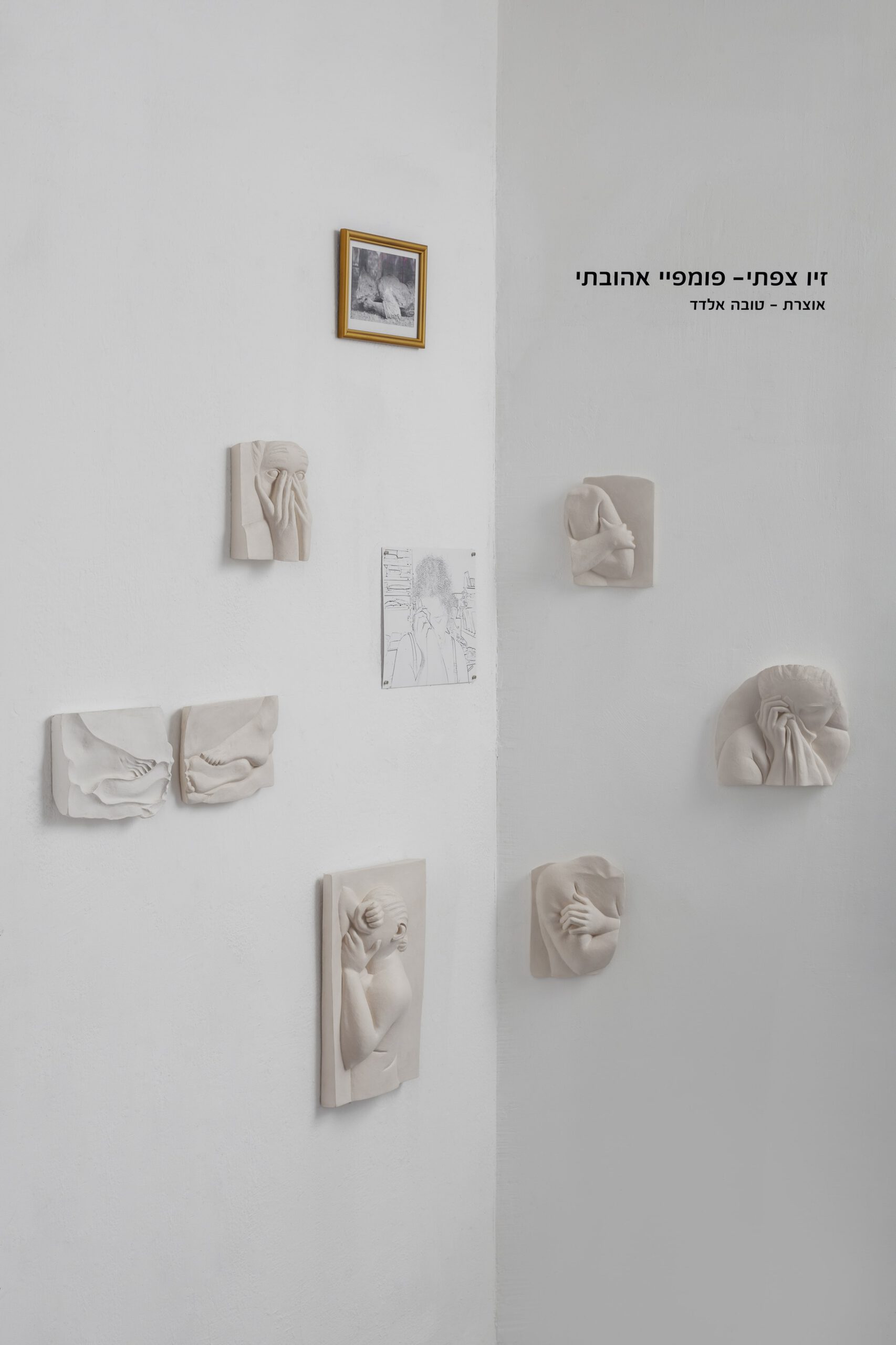 Pompeii my Love, 2021
Installation View
Artist House Tel Aviv
Photo: Nitzan Hafner
Pompeii my Love, 2021
Installation View
Artist House Tel Aviv
Photo: Nitzan Hafner
-
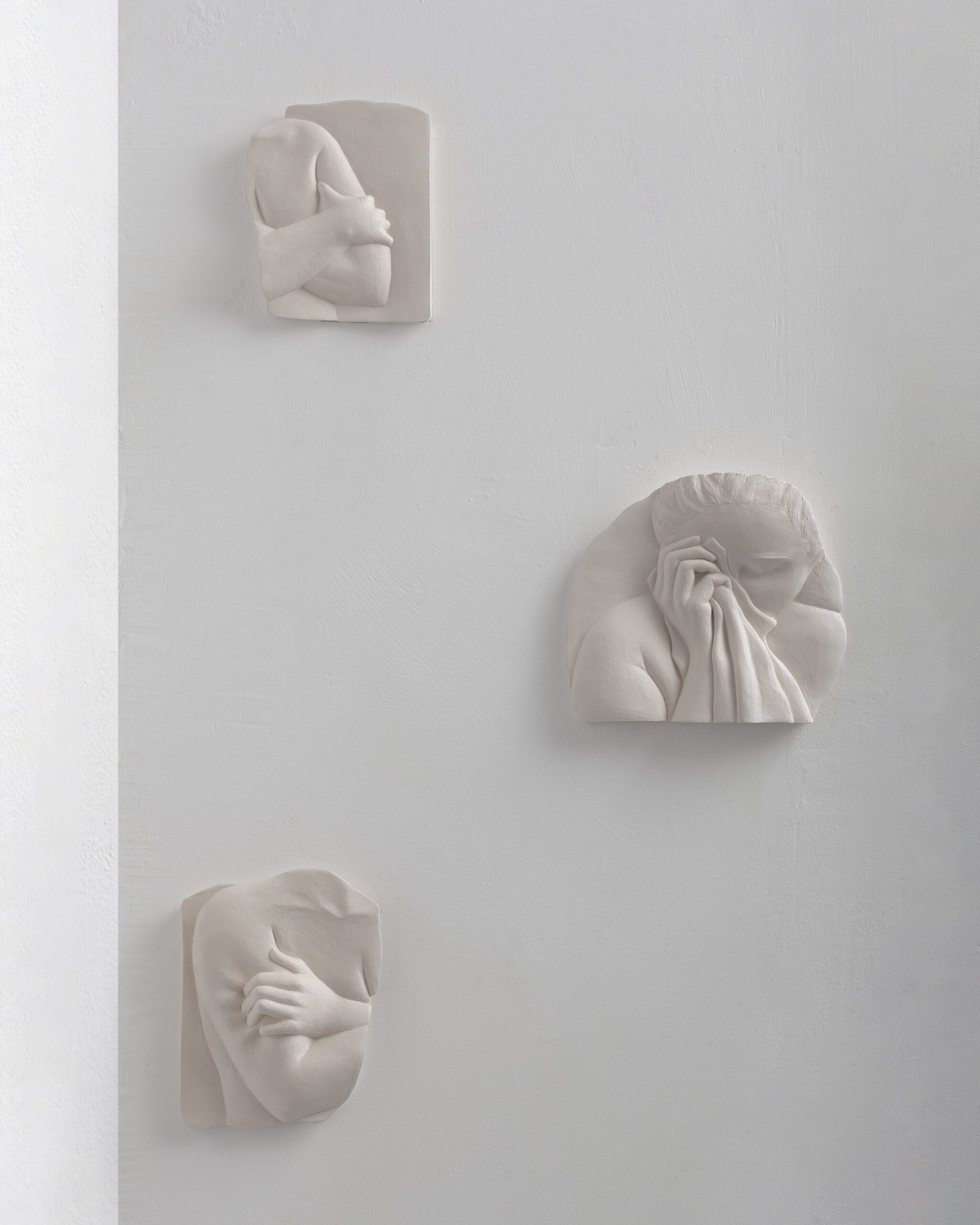 Pompeii my Love, 2021
Installation View
Artist House Tel Aviv
Photo: Nitzan Hafner
Pompeii my Love, 2021
Installation View
Artist House Tel Aviv
Photo: Nitzan Hafner
-
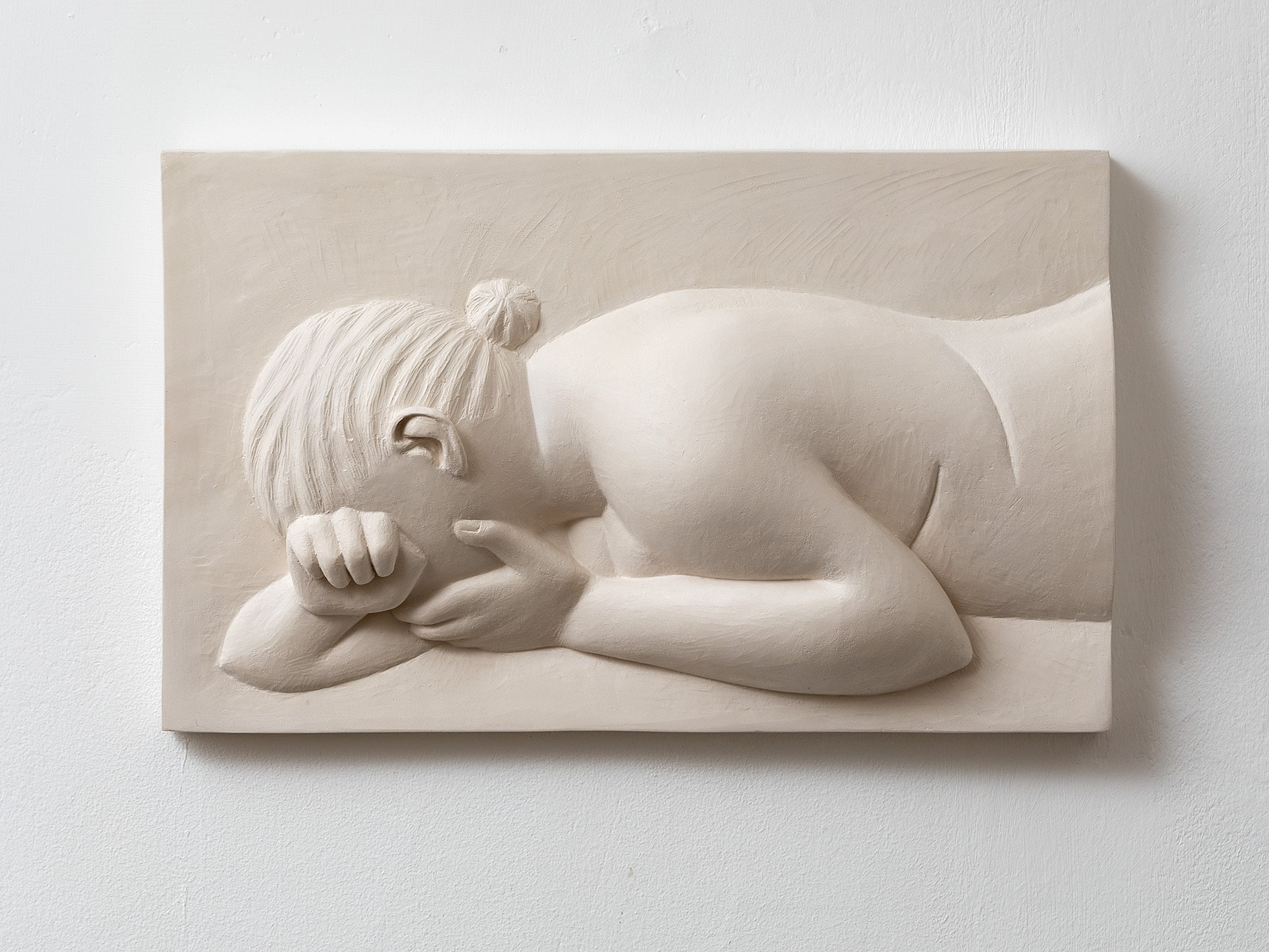 Pompeii my Love, 2021
Ceramic
38x23x8 cm
Photo: Elad Sarig
Pompeii my Love, 2021
Ceramic
38x23x8 cm
Photo: Elad Sarig
-
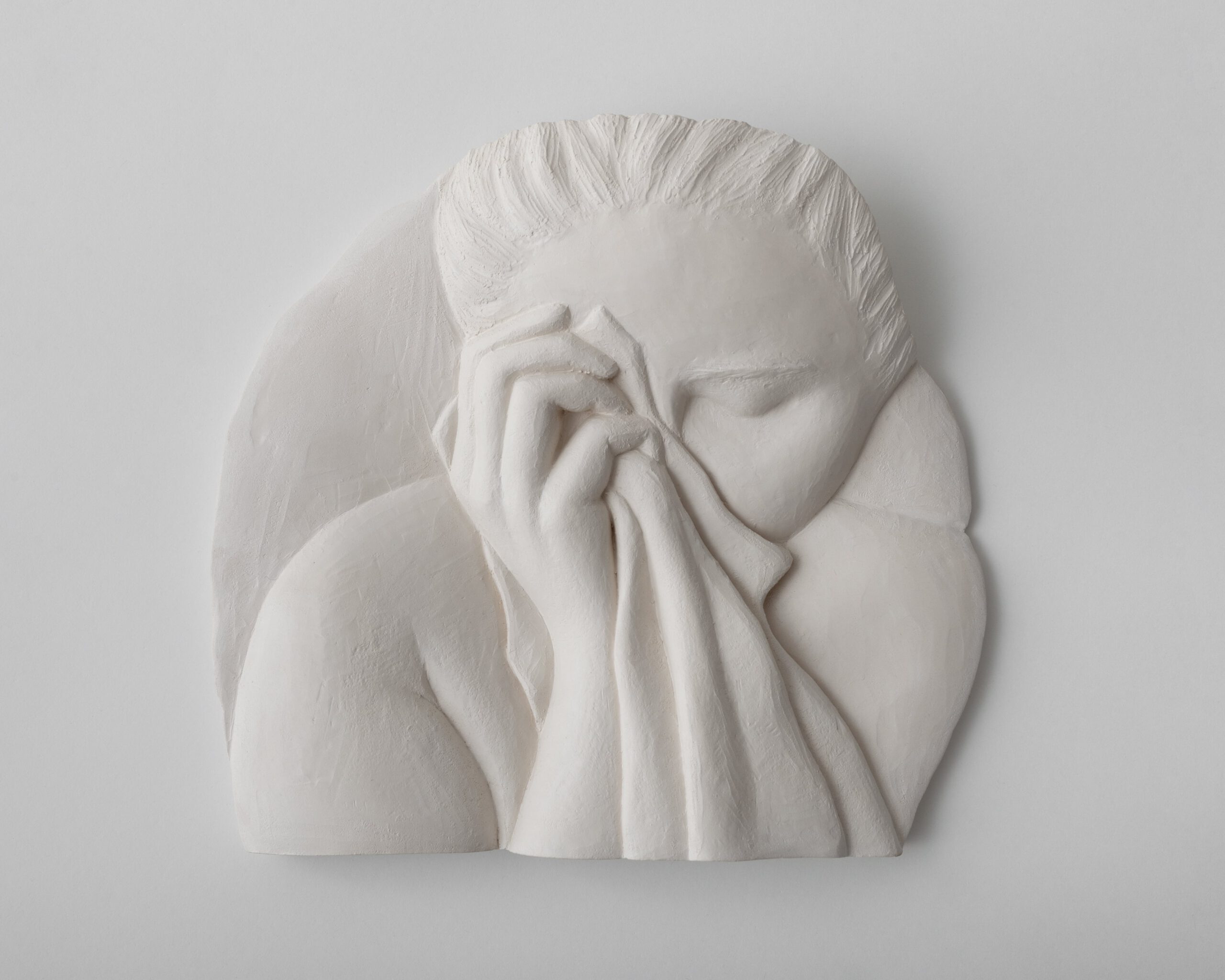 Pompeii my Love, 2021
Ceramic
22x24x8 cm
Photo: Nitzan Hafner
Pompeii my Love, 2021
Ceramic
22x24x8 cm
Photo: Nitzan Hafner
-
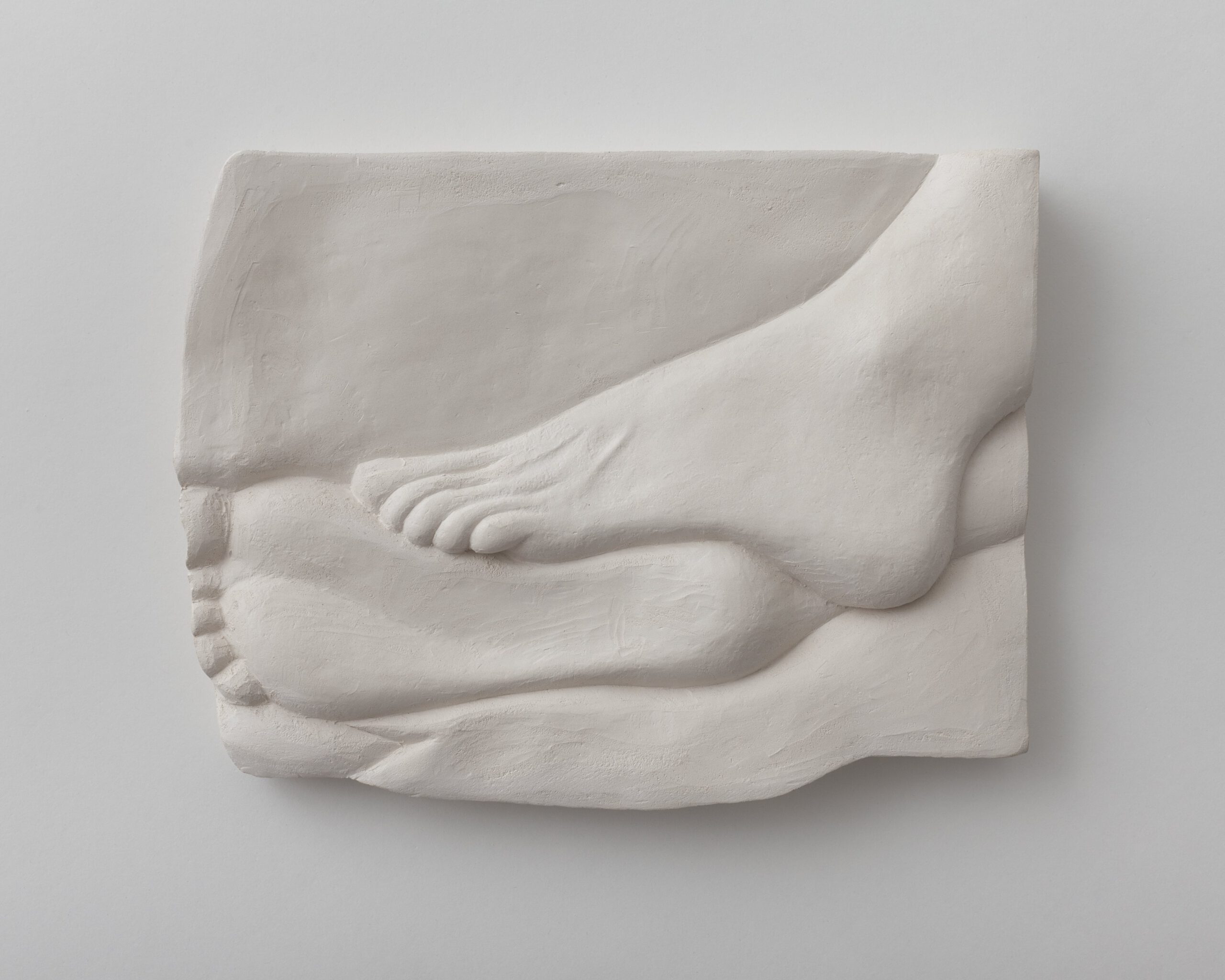 Pompeii my Love, 2021
Ceramic
19x15x4 cm
Photo: Nitzan Hafner
Pompeii my Love, 2021
Ceramic
19x15x4 cm
Photo: Nitzan Hafner
-
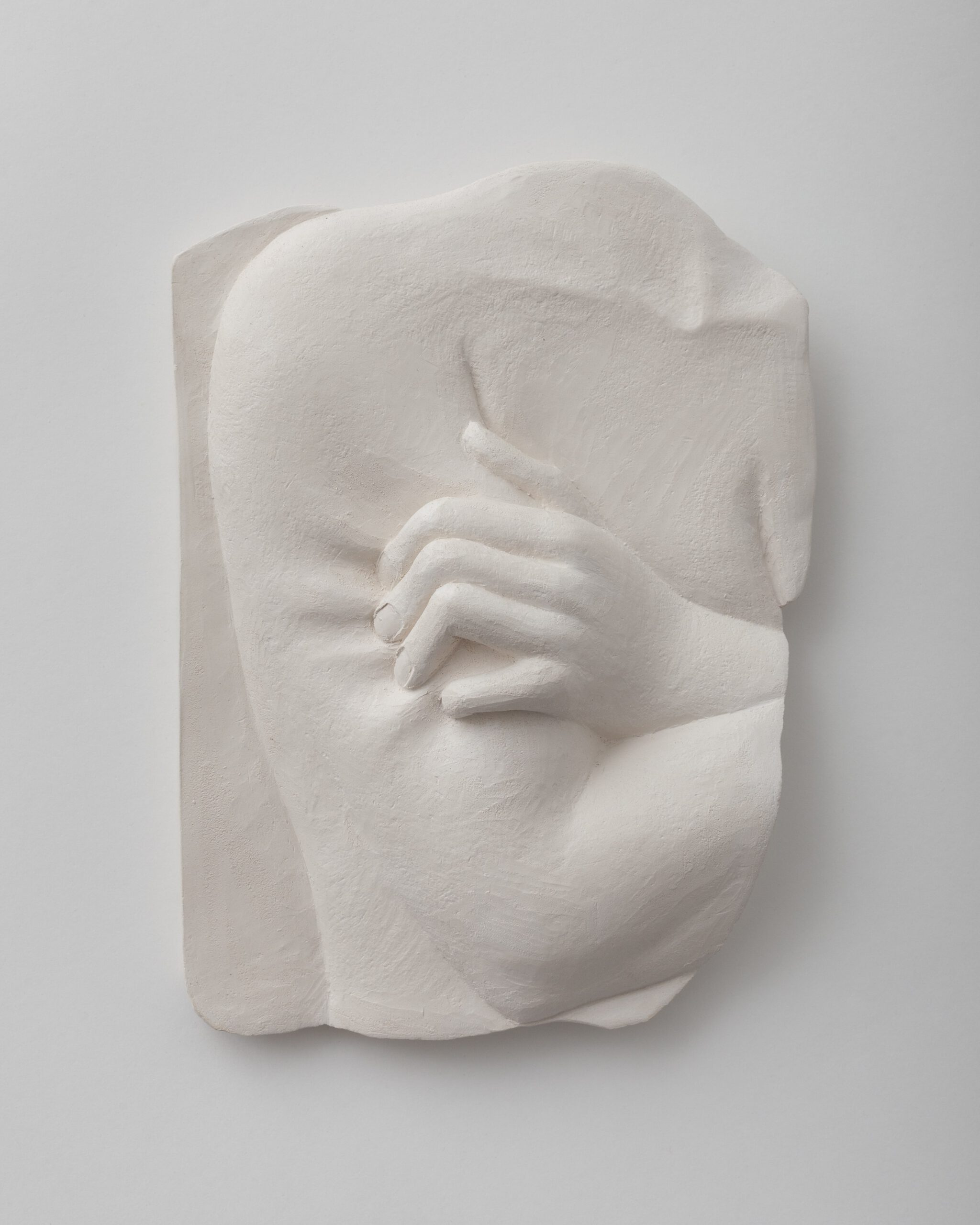 Pompeii my Love, 2021
Ceramic
16x22x7 cm
Photo: Nitzan Hafner
Pompeii my Love, 2021
Ceramic
16x22x7 cm
Photo: Nitzan Hafner
-
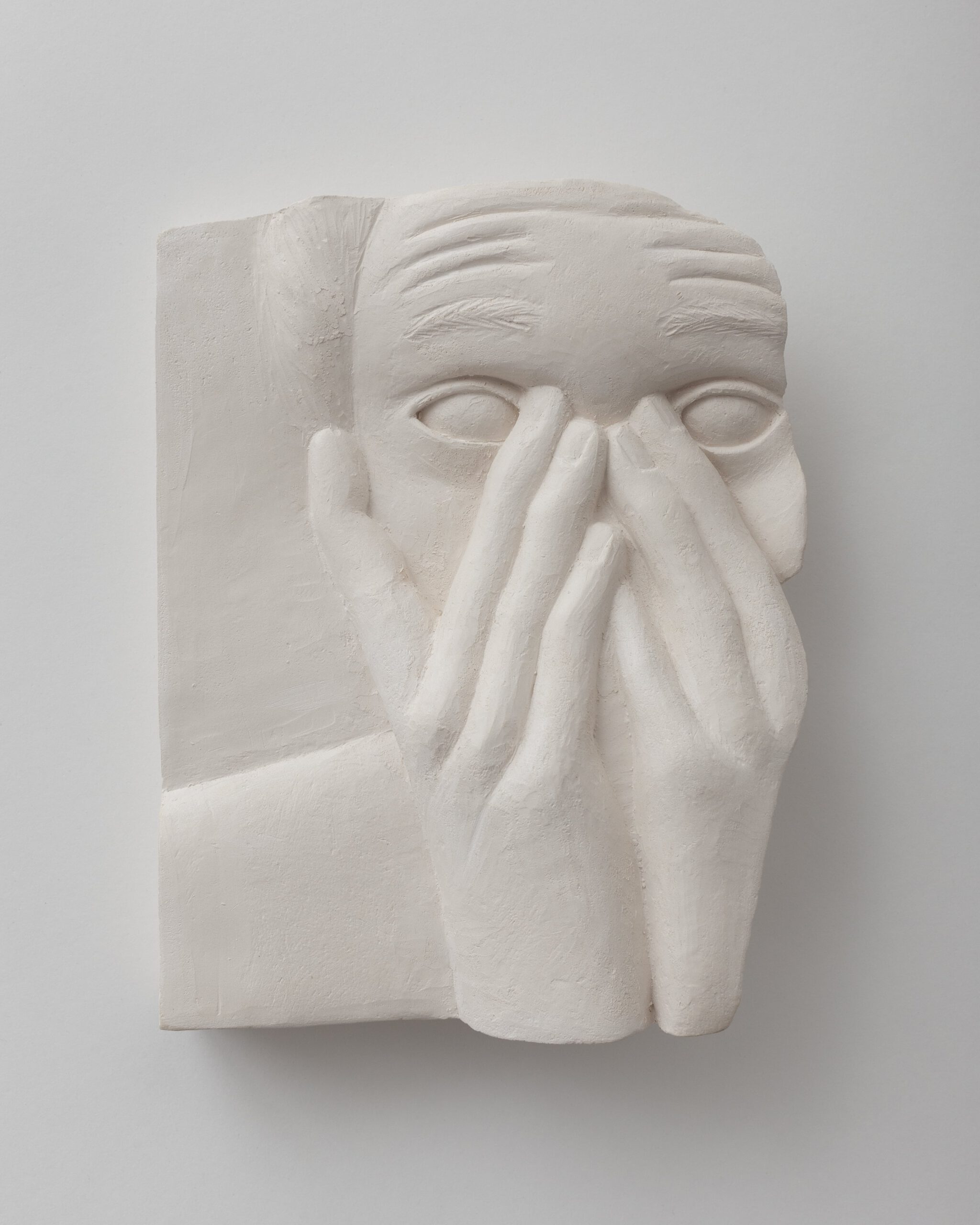 Pompeii my Love, 2021
Ceramic
14x18x7 cm
Photo: Nitzan Hafner
Pompeii my Love, 2021
Ceramic
14x18x7 cm
Photo: Nitzan Hafner
-
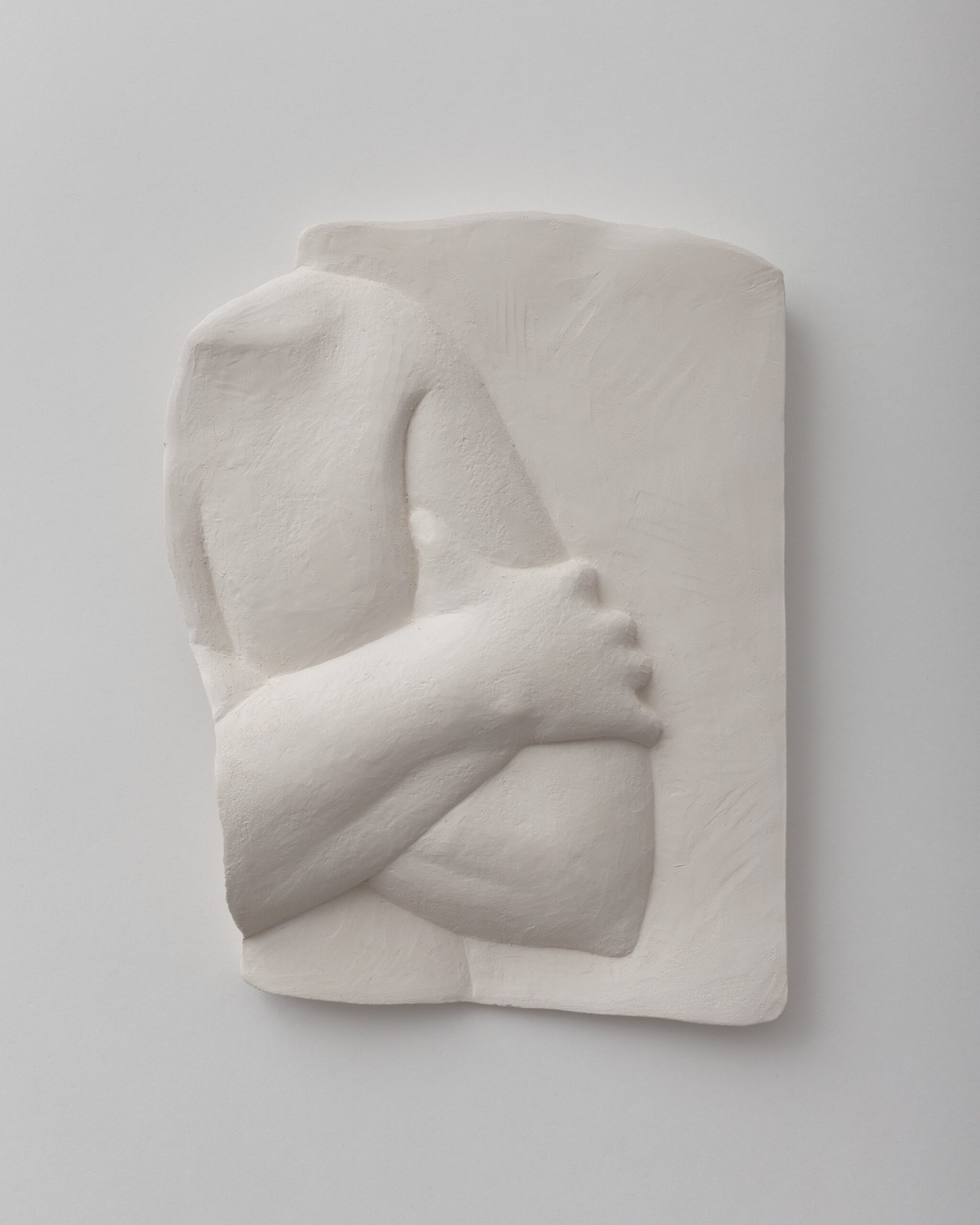 Pompeii my Love, 2021
Ceramic
15x20x5 cm
Photo: Nitzan Hafner
Pompeii my Love, 2021
Ceramic
15x20x5 cm
Photo: Nitzan Hafner
The Moment of Pompei
Curator: Tova Eldad
Right now, at this very minute, stop for a second. use your senses, what is here and now? Can we really capture this moment?
So much of our time we spend in the past (in our memories) and in the future (in our imagination) and how little of the time are we in the present, in the current truth without a past and a future, without mediation and translation by our minds.
Can we capture the moment with our senses?
Tsfati experiences the moment with a dual experience, with sorrow of our loss and with joy from experiencing it and not being able to grasp it. There is something comforting about the moment passing and dissipating.
Pompei was destroyed in the blink of an eye, the moment of what was Pompei was frozen in time.
The starting point of the exhibition is a photograph from the remains of the ancient Roman city Pompei. In 79 BCE, Noon of the 24th of October a stream of smoke and molten rock started erupting from the mouth of the Mount Vesuvius. The rocks and volcanic ashes traveled on the winds south-east, covering Pompei and it’s surroundings. Their extreme heat destroying any living creature in the area. The whole episode lasted around 24 hours, the city was covered with a layer of volcanic ash of 4 meters high, and was excavated in archeological diggings in the 18th century.
The excavations allows us to see the residents of Pompei in the moment when the ash cloud covered them, causing their death and freezing there last pose.
The works refer to this moment and create an emotional experience that allows an unfiltered and uncommon view of a harrowing situation.
Everything that once was – disappears, and everything that will be is already something else, that reflects what was – partially.
We can’t really relive, touch, feel, smell, taste or be in the past. We can only remember, imagine, think – and this is an opportunity for a new translation and perspective.
Tova Eldad